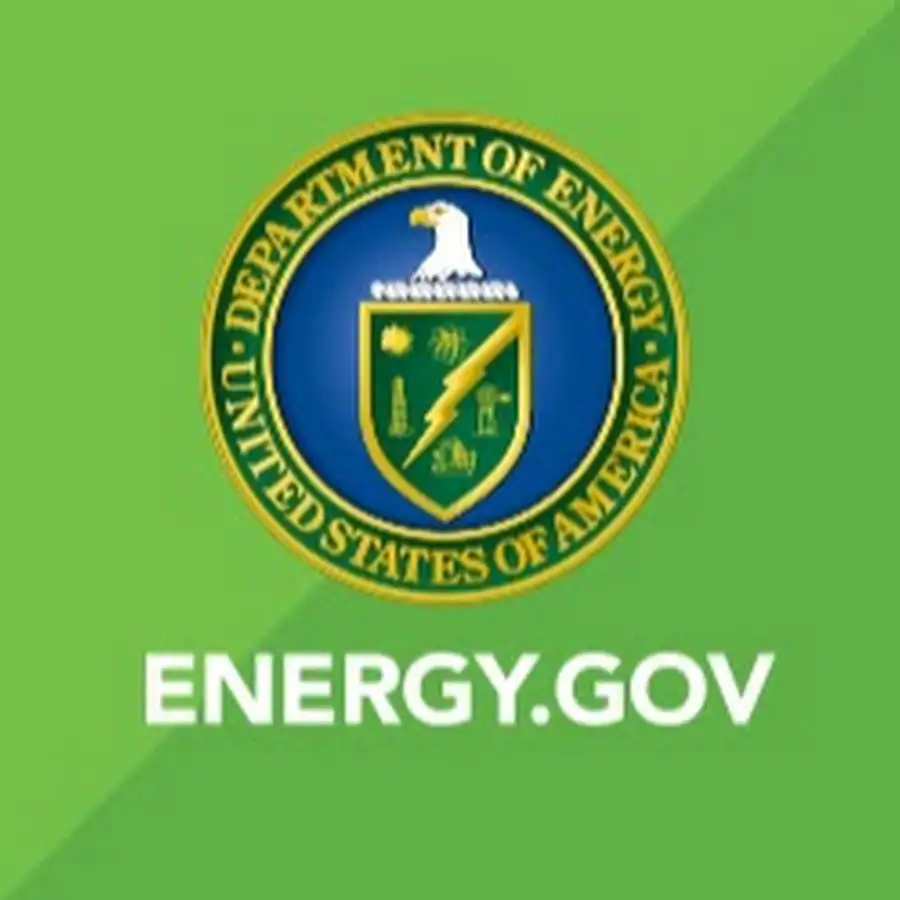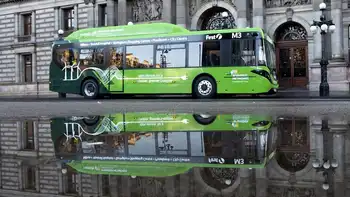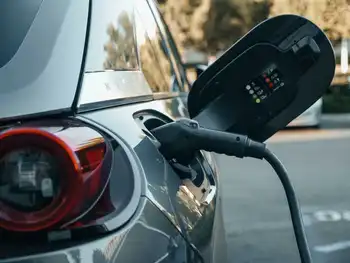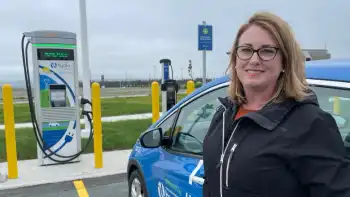Tesla's lead in China's red-hot electric vehicle market is shrinking, says rival XPeng
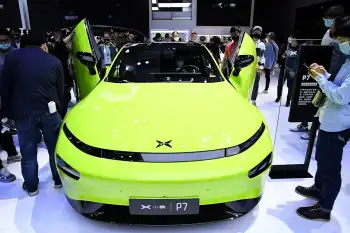
High Voltage Maintenance Training Online
Our customized live online or in‑person group training can be delivered to your staff at your location.

- Live Online
- 12 hours Instructor-led
- Group Training Available
China EV Market sees surging deliveries as Tesla, XPeng, Nio, and Li Auto race for market share, driven by tech-forward infotainment, autonomous features, and strong P7 and G3 demand, signaling intensifying competition and rapid growth.
Key Points
China EV Market features rapid EV sales growth led by Tesla, XPeng, Nio, and Li Auto amid tech-driven competition.
✅ XPeng deliveries up 617% YoY in June; 459% YTD growth
✅ Nio and Li Auto post triple-digit quarterly gains
✅ Tech focus: infotainment, ADAS; models P7, G3, G3i
XPeng President and Vice Chairman Brian Gu is quick to praise the Tesla brand and acknowledge the EV maker's "commanding" market share in China, and in key markets like the California EV market as well.
But in the same breath, the executive at the upstart China-based EV rival said his company and peers are fast closing the competitive gap with Tesla.
"I think the Chinese players are catching up very quickly," Gu said on Yahoo Finance Live. "Our product as well as some of the other products that are being introduced by the leading players are very good, and have comparable specs — as well as better features I think compared to Tesla."
That point is not lost in the sales data from the main China EV players, and mirrors the global EV surge seen in recent years.
XPeng said this week deliveries in June surged 617% year-over-year to 6,565. So far this year, deliveries have skyrocketed 459% to 30,738 fueled by demand for XPeng's P7 sedan and G3 SUV, despite concerns about the biggest threats to the EV boom among investors.
June deliveries at Nio rose 116% from a year ago to 8,083, even as mainstream adoption hurdles remain industry-wide. For the quarter ending June 30, Nio delivered 21,896 vehicles marking a growth rate from a year ago of 112%.
As for Li Auto, its June deliveries rose 321% from a year earlier to 7,713. Second quarter deliveries improved 166% year-over-year to 17,575.
Tesla reportedly sold 33,155 cars in China in June, up 122% year-over-year, even as its energy business outlook remains a focus for investors.
"In the last few months, our growth has outpaced the industry as well as Tesla in China. But I think it's a long race because ultimately this market will not be dominated by one or two companies. It will probably be a number of players occupying probably large market share positions of 10% and above. That will likely be the trend, and we hope to be one of those top players," Gu explained.
XPeng — which JPMorgan analysts estimate could grab 8% of China's electric car market by 2025 —currently has two models in the Chinese electric car market, as China's carmakers push into Europe too. They have gained notoriety in an increasingly crowded market for their tech-forward infotainment systems and autonomous technology.
The company's third model dubbed the G3i is expected to see deliveries begin in September, taking aim at smaller sedans such as the Toyota Camry.
Shares of China's EV makers have cooled off this year despite their strong sales, and the U.S. EV market share dipped in early 2024 as well. XPeng shares are down 7% year-to-date, while Nio has shed 5%. Li Auto's stock is down 11% on the year.





